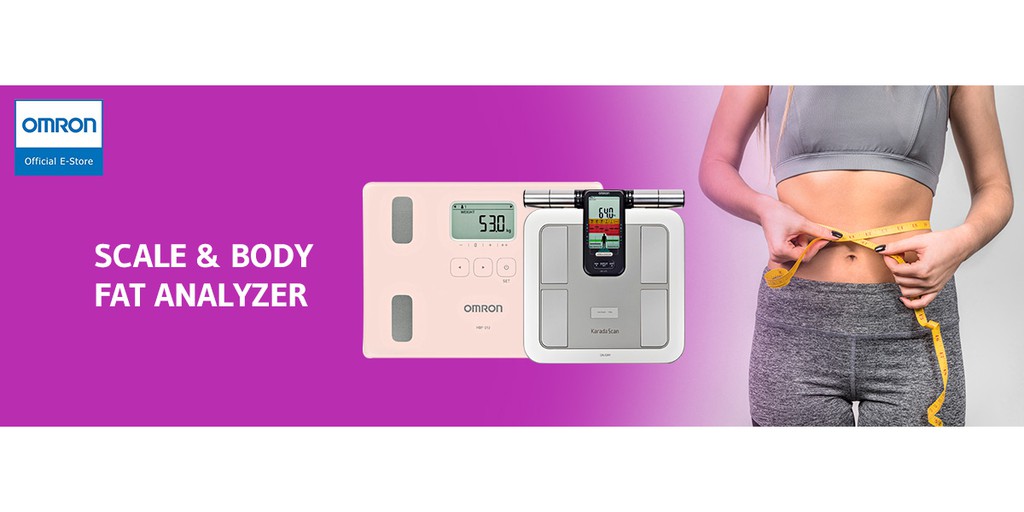Ultrasound Breasts medical test
Learn about Mammogram or Breast Ultrasound for woman medical tests, including what the tests are used for, why a doctor may order a test, how a test will feel, and what the results may mean.
What is Breast Ultrasound test?
A breast ultrasound is an imaging technique commonly used to screen for tumors and other breast abnormalities. The ultrasound uses high-frequency sound waves to produce detailed images of the inside of the breasts. Unlike X-rays and CT scans, ultrasounds don’t use radiation and are considered safe for pregnant women and breastfeeding mothers.
What the Breast Ultrasound test used for?
Your doctor may perform a breast ultrasound if a suspicious lump is discovered in your breast. An ultrasound helps your doctor determine whether the lump is a fluid-filled cyst or a solid tumor. It also allows them to determine the location and size of the lump. While a breast ultrasound can be used to assess a lump in your breast, it can’t be used to determine whether the lump is cancerous. That can only be established if a sample of tissue or fluid is removed from the lump and tested in a laboratory.
You might get a breast ultrasound:
- If your breast tissue is too dense for a mammogram
- If you’re pregnant
- If you’re younger than 25
- To look more closely at a suspicious area spotted on a mammogram
- To see if breast implants have broken open (ruptured)
- To tell whether a lump in your breast is a cyst (a fluid-filled sac) or a solid mass, which might be cancer
- To pinpoint the position of a tumor. This guides the doctor to the exact place to put in a needle during a biopsy.
How is the procedure performed?
- A gel is put on the skin of the breast, and a wand-like instrument called a transducer is moved over the skin.
- The transducer sends out sound waves and picks up the echoes as they bounce off body tissues. The echoes are made into a picture on a computer screen. You might feel some pressure as the transducer is moved across the breast, but it should not be painful.
- Before the ultrasound, your doctor will examine your breast. They’ll then ask you to undress from the waist up and to lie on your back on an ultrasound table.
- Your doctor will apply a clear gel to your breast. This conductive gel helps the sound waves travel through your skin.
- Your doctor will then move a wand-like device called a transducer over your breast. The transducer sends and receives high-frequency sound waves.
- As the waves bounce off the internal structures of your breast, the transducer records changes in their pitch and direction. This creates a real-time recording of the inside of your breast on a computer monitor.
- If they find something suspicious, they’ll take multiple pictures. Once the images have been recorded, your doctor will clean the gel off your breast and you can then get dressed.
What will be the results interprets?
The images produced by a breast ultrasound are in black and white. Cysts, tumors, and growths will appear as dark areas on the scan. A dark spot on your ultrasound doesn’t mean that you have breast cancer. In fact, most breast lumps are benign. There are several conditions that can cause benign lumps in the breast, including the following:
- An adenofibroma is a benign tumor of the breast tissue.
- Fibrocystic breasts are breasts that are painful and lumpy due to hormonal changes.
- An intraductal papilloma is a small, benign tumor of the milk duct.
- Mammary fat necrosis is bruised, dead, or injured fat tissue that causes lumps.
If your doctor finds a lump that requires further testing, they might perform an MRI first and then they’ll perform a biopsy to remove a sample of tissue or fluid from the lump. The results of the biopsy will help your doctor determine whether the lump is malignant, or cancerous.
Other related test: Mammogram, Breast Exam


